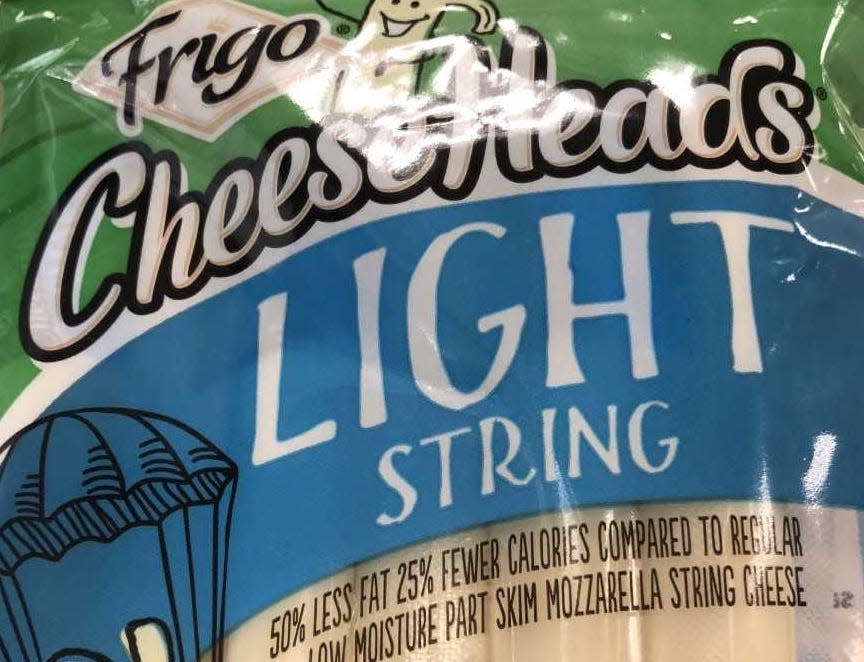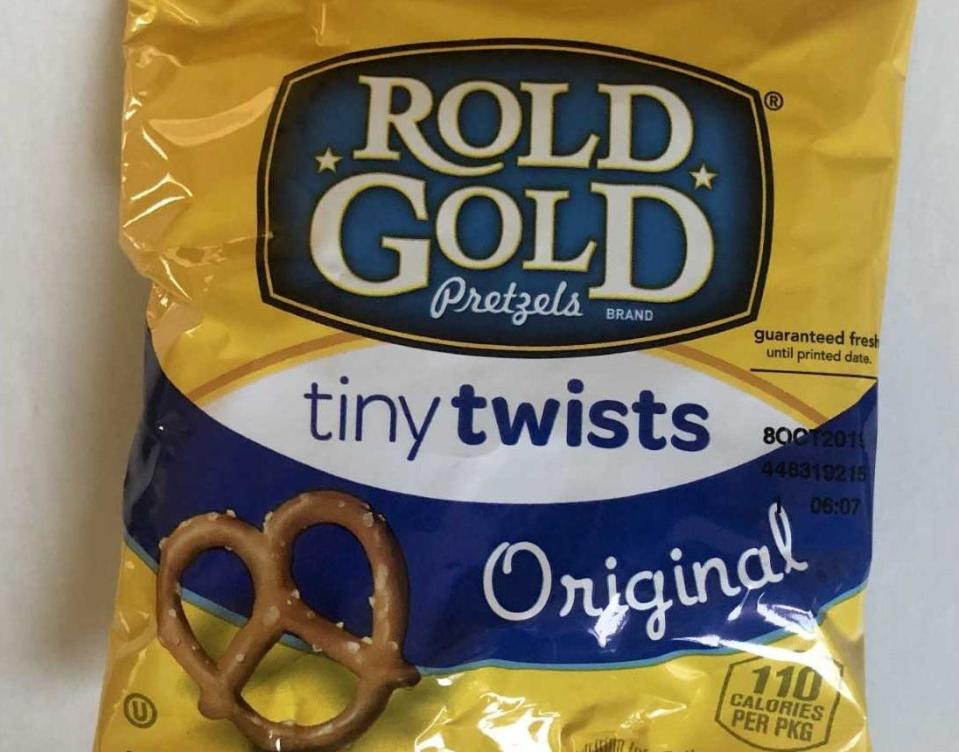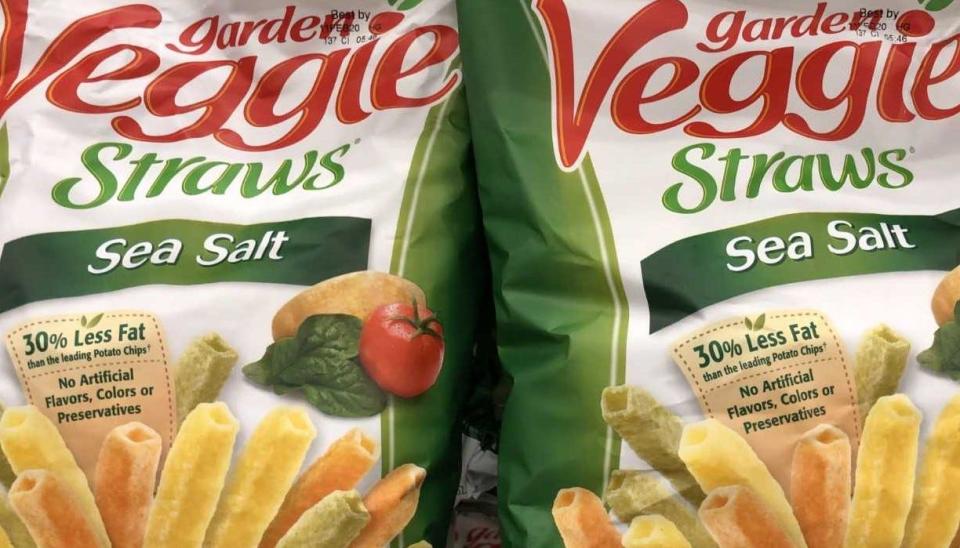My child's in a nut-free class. Now what? A back-to-school guide on safe snacks
Parents of children with food allergies know how to pack a nut-free lunch and have spoken with teachers, coaches and after-school adults about how to keep their children safe.
But when parents find out their child is in a "nut-free classroom," or part of nut-free extracurricular group, what does that mean for them or their children? It varies.
At the very least, it means changes when food is involved in holiday or birthday celebrations, art projects or snack time. Managing food allergies in a school setting is challenging because they can prove deadly, which is why many schools around the country have adopted nut-free policies.
Start 'purposeful feeding' early: Child doctors have new advice on preventing dangerous peanut and food allergies
Dr. Michael E. Manning, of Allergy, Asthma & Immunology Associates in Scottsdale, Ariz. said it's rare that anything severe happens, but parents' of children with allergies are always concerned.
"People don't understand the degree that allergies can impact the family," Manning said. "The level of fear the family deals with on a daily basis can be incredible."
3 quick tips
Parents can make the transition to a nut-free space easier by following these suggestions, Manning said.
Read any material that the school or teacher sends home. The school may provide a list of recommended snacks or require that snacks be in individual packages. Some schools may forbid homemade snacks.
Read food labels. Peanuts and tree nuts must be identified under federal law as a food ingredient. "Pay attention to 'may contain,' Fine print is important," Manning said. These also qualify as tree nuts: almonds, macadamia nuts, brazil nuts, cashews, walnuts, pecans, pistachios, chestnuts, beechnuts, hazelnuts, hickory nuts, pine nuts (pinon or pignoli) and gingko nuts.
Ask for help. Still confused about whether you can pack your child's favorite peanut butter and jelly sandwich? Ask the teacher. Or if you're in a spot — you're asked to be bring snacks for a special occasion or you want to bring cupcakes for your child's birthday—ask the child's parents, Manning advises.

"You will never make a mistake by being too conservative," he said "It behooves (parents) to be extra cautious because you don’t want to be the source of a problem."
10 nut-free snacks
So what are you going to bring to a nut-free classroom? Specific snacks are always dicey to suggest, but we offer a few recommendations. Always check labels on packaged foods.
Cheddar snacks: The crunchy crackers are an easy, all-around popular choice.
Pudding cups. Another most all-the-time nut-free snack.Check labels to be doubly sure.
Cheese sticks: Check the label, but most cheese is nut free, including the cubes and string variety, which kids love.

Applesauce: When opting for the healthy choice, pick the unsweetened individual cups.
Pretzels: Crunchy and great for dipping in hummus or sun butter.

Fruit snacks: Kids adore fruit snacks. They start eating them when they're young and never seem to outgrow liking them. Avoid the fruit and nut combos, obviously.
Popcorn: A lot of popcorn is popped in unsafe oils, but certain brands are safe.

Raisins and dried fruit: The classic, kid-friendly snack comes in kid-sized packages. Be sure to check the label to assure it's processed safely.
Veggie sticks: The crispy sticks are a healthier choice to potato chips and kids love to dip 'em. They come in individual packages and in variety packs.

Animal crackers: As with all snacks, it's important to check the label. But brands such as Zoo Animal Crackers and Barnum Animal Crackers are nut free.
READ MORE
These 5 big dorm room ideas will make the space feel like 'your little house'
Moms celebrate back-to-school with 'wine' and doughnuts. 'We will be juuuuuuust fine'
More parents are buying bullet-resistant backpacks to help keep kids protected after shootings
This article originally appeared on USA TODAY: Nut-free snacks for classrooms, parties, kids with allergies
